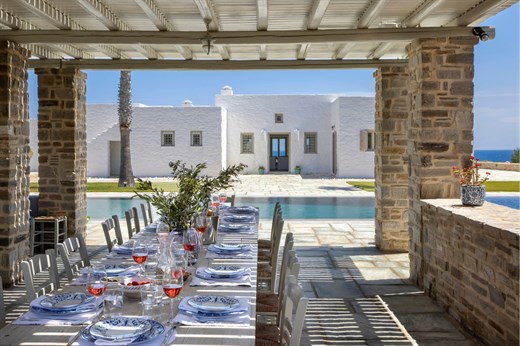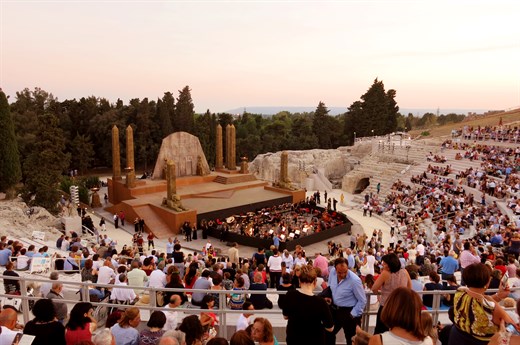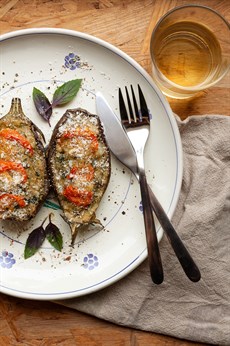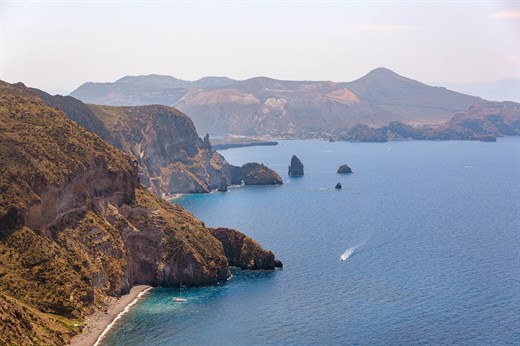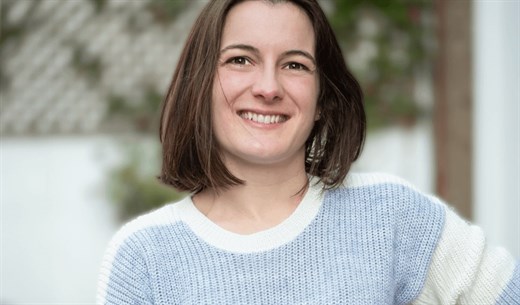An A to Z of Mediterranean destination connections
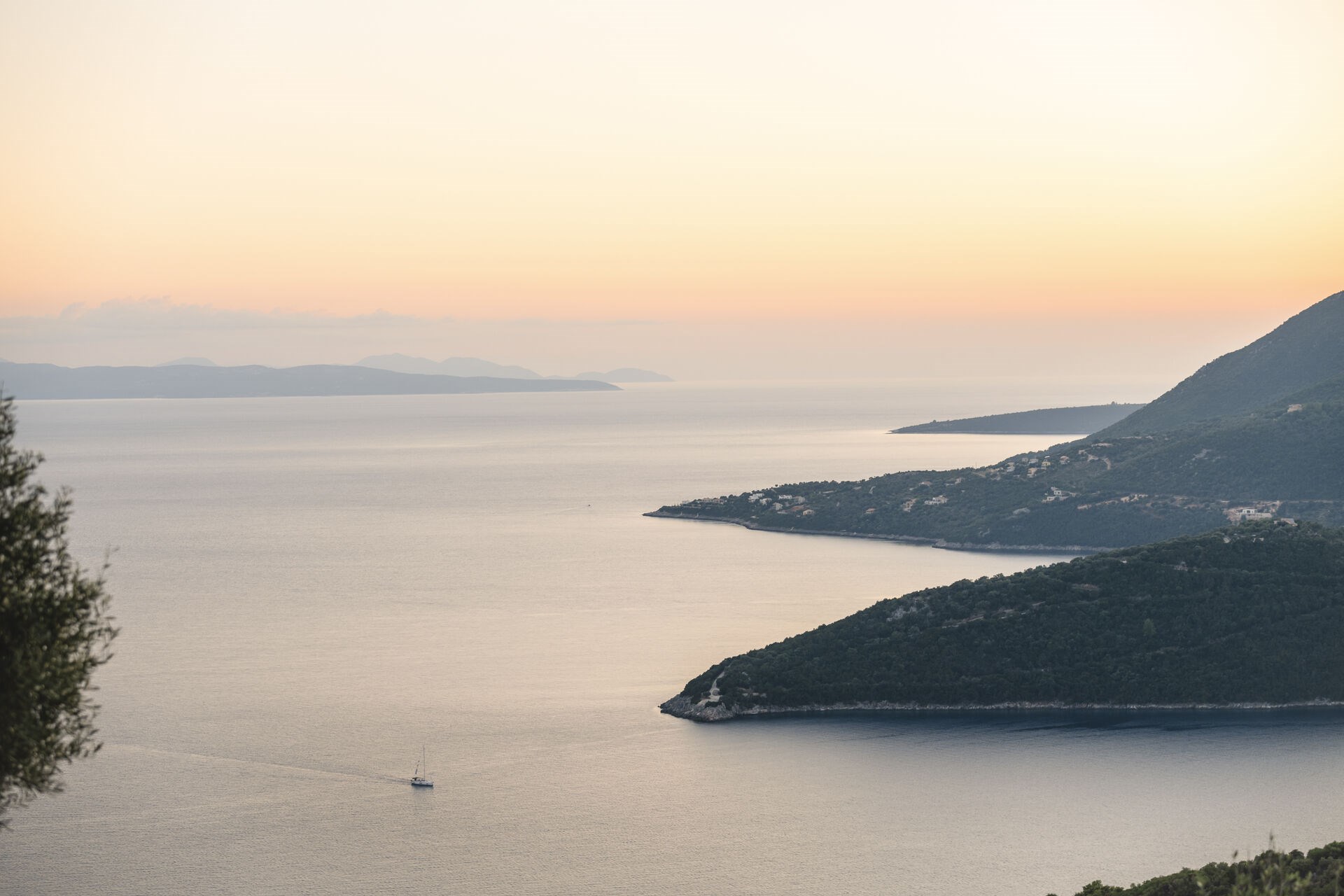
Our destinations are different in so many ways and yet profoundly connected by the Great Sea that laps their shores.
For millennia, a perpetual tide of trade, war, empire-building, politics, intellectual ideas, people, culture, religions, language, fashions and culinary traditions, has ebbed and flowed across the water, leaving behind it a wonderfully complex shared cultural heritage that unites, enriches and makes the Mediterranean such a fascinating and rewarding place to explore.
So how, more precisely, are our destinations – Sicily, Puglia, Greece and its islands, and Corsica – connected? Read the first part (A to M) of our A to Z to find out more.
A is for Augustus (aka Octavian)
Both Sicily and the Greek Ionian Islands saw pivotal battles in one of ancient Rome’s greatest power struggles. In 36 BCE, Octavian’s navy defeated Sextus Pompeius at Naulochus near Messina off the northeast coast of Sicily. Five years later, Octavian sent Mark Antony and Cleopatra packing at the Battle of Actium off the north coast of Lefkada in the Ionian Islands. With all his rivals out of the way, Octavian consolidated his power and, from 27 BCE until his death in 14 CE, ruled the Roman Empire as Emperor Augustus.
B is for the British
Leading up to, during and after the Napoleonic Wars, several of our destinations came under British rule.
In 1794, the British government and Pasquale Paoli, the Corsican nationalist hero, formed an Anglo-Corsican Kingdom. It survived for two years before the French regained the island.
From 1806 to 1815, meanwhile, Sicily was governed by the British, who introduced a two-chamber parliament and abolished feudal privileges. At the end of the Napoleonic Wars, Sicily was returned to the Bourbon King Ferdinand IV of Naples (aka Ferdinand I of the Two Sicilies).
Finally, the Ionian Islands passed under British control after Napoleon’s navy was defeated off the coast of Zakynthos in 1809. In 1815, the United States of the Ionian Islands was founded, formalising the archipelago as a British protectorate. Even though Greece became an independent nation in 1830, the Ionian Islands were only ceded to the new kingdom in 1864.
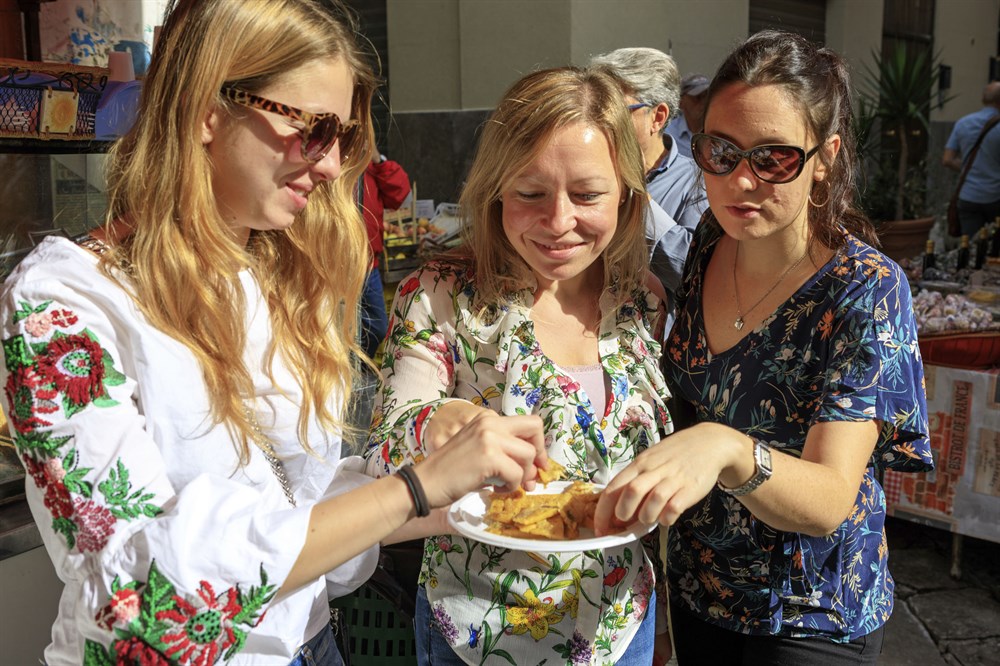
C is for chickpeas
Chickpeas (ceci in Italian and Corsican, and revithia in Greek) are a staple of culinary traditions in all our destinations.
One of the most popular street foods in Sicily (and particularly in Palermo) are pannelle, tasty deep-fried fritters made with chickpea flour and served in a sandwich with a dash of lemon. In Puglia, the locals enjoy tucking in to ciceri e tria, a pasta dish featuring tagliatelle (both boiled and fried) and chickpeas.
Over in Greece, from Corfu to Patmos, chickpea soup (revithia) is a firm favourite, and every chef and home cook has their own unique version.
In Corsica, meanwhile, there are many recipes that incorporate chickpeas. One of the most interesting are sweet, sugar-coated doughnuts (panzerotti) made using chickpea flour. They are particularly popular on the Feast Day of St Joseph on 19th March.
D is for Durrell
Lawrence Durrell, one of England’s greatest 20th-century writers, spent the majority of his adult life living in the Mediterranean. In 1935, at the age of 23, he moved to Corfu, where he remained until 1940. His love for and fascination with the island is evident in Prospero’s Cell, a poetic homage to the “Landscape and Manners of the Island of Corfu”, published in 1945. This was to be the first of a series of Mediterranean travel books, which included Bitter Lemons of Cyprus (1957), Sicilian Carousel, a description of a whirlwind tour of the Mediterranean’s largest island (1977), and a volume entitled The Greek Islands (1978).
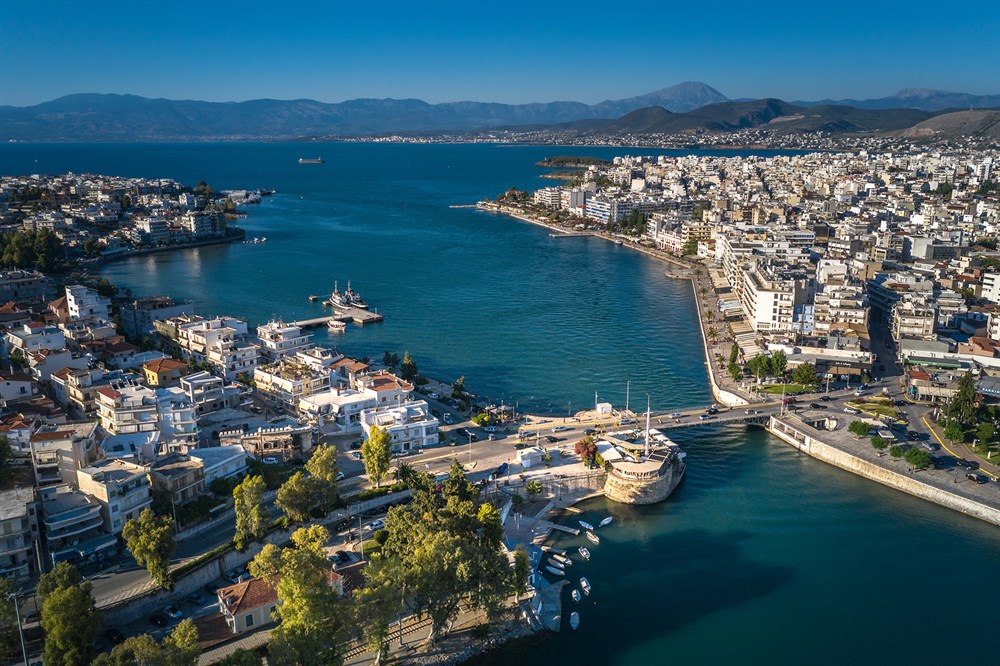
E is for Evia
In the 8th century BCE, Chalcidians from the island of Euboea (now more commonly known as Evia) set sail across the Mediterranean to the east coast of Sicily. Once arrived, they established the island’s first Greek colonies at Naxos, Messina and Catania, thus beginning a period of Hellenic dominance on the island that would continue for some 500 years.
F is for Frederick II, Stupor Mundi
Born in 1194 and growing up in Palermo, Sicily, Frederick II became King of Sicily in 1198, King of Germany in 1212, King of Italy and Holy Roman Emperor in 1220, and King of Jerusalem from 1225. His court at the Palazzo dei Normanni was a seat of learning, poetry, scientific investigation and cultural pursuits.
When not in Palermo or away on crusade, Frederick travelled round the Kingdom of Sicily, which covered most of southern Italy. One of his favourite spots was Puglia, and it was there, in 1250, that his remarkable life came to an end. His body was returned to Palermo and is buried in the city’s cathedral.
One of his greatest visible legacies are his castles, examples of which are to be found throughout Sicily – in Syracuse, Augusta, Milazzo, Catania and Enna - and across Puglia – in Trani, Barletta, Bari, Brindisi, Otranto, and, perhaps his great masterpiece, Castel del Monte near Andria.
G is for gods and goddesses
Greece and Sicily are inextricably linked to Greek gods and goddesses. The island of Delos, just 2km across the water from Mykonos, was the birthplace of Apollo and his sister Artemis. Aegina, in the Saronic Gulf, is home to possibly the only Temple of Aphaia, an ancient goddess of fertility and agriculture. Hermes, the winged messenger of the gods, is said to have been born on the Cycladic island of Syros, whose capital, Hermoupoulis, is named after him. Finally, though the list could go on, legend has it that Tinos was where Hercules slayed the sons of the wind god, Boreas.
Over in Sicily, from around the middle of the 8th century BCE, Greek settlers began to claim certain gods, goddesses and other mythological beings as their own. Polyphemus, the one-eyed giant son of Poseidon, lived in a cave on Mount Etna. He fell in love with the sea-nymph Galatea and killed his rival, a shepherd boy named Acis. Mount Etna was also considered to be the home and forge of Hephaestus, god of blacksmiths and artisans. And the scythe that fell off Demeter’s chariot as she roamed Sicily in search of her daughter Persephone, formed the promontory on which Trapani now stands.
H is for Horatio, Lord Nelson
The great British hero of the Napoleonic Wars, Horatio, Lord Nelson, frequented several of our destinations during his many Mediterranean voyages.
In 1794 Captain Nelson (as he was then) took part in the Siege of Calvi in northwest Corsica. It was a successful battle and the French were expelled, but Nelson famously lost an eye during the fighting.
Four years later, Nelson (by now an admiral) rescued the Bourbon King of Naples, Ferdinand I, from the French, and gave him safe passage across the Tyrrhenian Sea to Palermo. King Ferdinand later rewarded Nelson for his efforts by bestowing upon him the Duchy of Bronte on the northwestern foothills of Mount Etna. It is still possible to visit Il Castello di Nelson nearby.
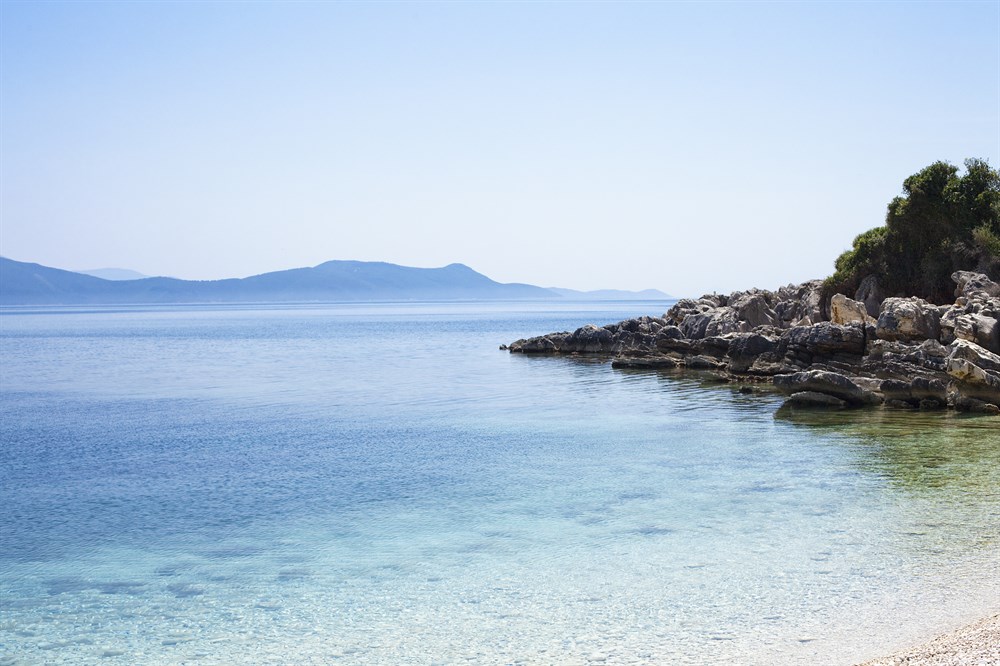
I is for the Ionian Sea
The Ionian Sea provides a watery connection between three of our destinations: it laps the shores of eastern Sicily, western and southern Puglia, and the various islands of Greece’s Ionian archipelago.
J is for Jewish heritage
One fascinating aspect of most of our destinations are the many Jewish sites, some of which date back thousands of years.
Archaeological digs on Delos have uncovered the remains of two ancient synagogues from around the first century BCE, as well as a marble armchair, named the Throne of Moses.
One of the oldest mikvahs in Europe can be found in Syracuse under the Alla Giudecca hotel. It’s 9m long and dates back to the 6th century CE. It remained in use until 1493, when the Jews were expelled from Sicily.
In the Provincial Museum of Bari in Puglia, meanwhile, you can see some of the gravestones of the city’s 8th-century Jewish cemetery.
Finally, standing proud in the old ghetto of Corfu Town is the Scuola Greca, an impressive three-storey synagogue built in the late 17th century in classic Venetian style.
K is for King James II
As well as being the King of Aragon, James II (1267 – 1327) was, at various times during his life, King of Sicily (and therefore also Puglia, which was part of the Kingdom of Sicily), and King of Sardinia and Corsica (amongst others). In practice, he was ruler of three of our destinations.
L is for language
When the Greeks settled in Sicily and Puglia between the 8th and the 3rd centuries BCE, they brought with them their vines, their olive trees and their language. The first two of this trio literally took root, and, perhaps more surprisingly, the Greek language also survives. An area of southern Puglia is known as Grecìa Salentina, and the inhabitants still speak a dialect called Griko. Over in Sicily, many dialect words have Greek origins, for example babbaluci meaning ‘snail’ (boubalákion in Greek) and macari, meaning ‘if only’ (makári in Greek).
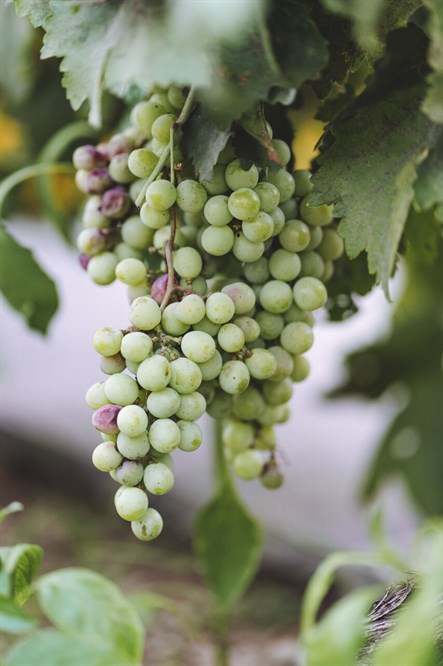
M is for Malvasia
Thought to originate in Monemvasia on the southeast coast of the Peloponnese in Greece, Malvasia is one of the Mediterranean’s best loved and best-travelled grape varieties. The Mycenaeans planted Malvasia vines throughout Greece and also introduced them to Sicily and Corsica. Today, Malvasia, in its various guises, is used to make wines in all our destinations, from the Aeolian Islands to the Cyclades.
